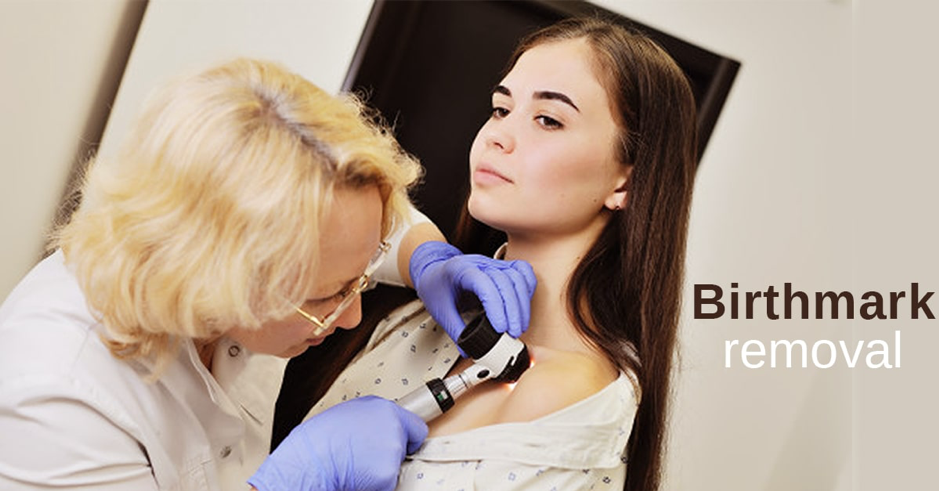Wondering about the uneven dark patches you see on your body?
With approximately 5 million melanocytes producing the colour pigment melanin, skin colours range from the darkest brown to the lightest pinkish hues. Melanin is the most significant factor that determines the skin colour- the higher concentration of melanin in your body, the darker your skin appears.
Melanin is usually distributed evenly on your skin, but sometimes it may get deposited unevenly causing black, brown or grey patches. Now, this may not cause any serious health issues, but you definitely do not want ugly patches on your smooth skin while you present yourself to the world.
What causes skin darkening?
- Exposure to Sun (tanning)-The more you stay out in the sun, the more your chances of skin darkening. Tanning occurs when melanin reacts to UV light and as it gets oxidized, it darkens. In worst cases, exposure to UV rays can even result in skin cancer, which is why you are always advised to stay out of the sun.
- Trauma to the skin-Hyper-pigmentation (over production of melanin) occurs following an injury to the skin (wounds/burns), acne, chemical peels, laser treatments and certain skin diseases like eczema, lichen planus, psoriasis, or following allergic reactions.
- Hormonal-You are most likely to experience dark skin or patches during pregnancy, menopause or while taking contraceptive pills. Melasma/chloasma is an example and usually appears as patches on the cheeks, forehead and chin.
- Medications-Intake of certain drugs like psoralens, chloroquine, phenytoin, analgesics, tetracycline etc can also result in skin darkening.
- Birth marks-Patches may appear on your skin as birthmarks, right from birth or developed later on.
How can they be treated?
Treatment depends upon certain factors like:
- cause of pigmentation
- depth of pigmentation (superficial, mixed or deep)
- type of the skin
- treatment modalities available
- patient preference
One of the first things to do is prevention of worsening of pigmentation by daily application of sunscreen. Apply sunscreen regularly 20-30 minutes before you step out and don’t forget to reapply every 2-3 hours. Skin lightening treatments will work only if you religiously follow doctor’s advice about sunscreen usage.
The usual treatment modalities include skin lightening creams, chemical peels, micro dermabrasion, masks, laser treatments, camouflage etc depending on the nature of pigmentation. The results vary depending on the cause of pigmentation and usually different modalities need to be combined to achieve a favourable outcome.
Birth marks and other naevoid problems are usually managed by lasers like Q-switched Nd:YAG laser(QSYL), or Diode laser. Treatments are usually spaced 4-6 weeks apart and need to be done several times. Freckles and lentigines are treated successfully with QSYL, PDL or FRACTIONAL LASERS. Other causes of pigmentation respond to various peels, masks and medical management.
Most of the birthmarks require multiple sessions and the treatment is done at monthly intervals. It doesn’t involve surgery, general anesthesia, hospital stay or blood loss. Most of the changes occurring following the treatment will settle within 5-7 days and won’t affect the daily activities. So, stop worrying, and consult a dermatologist. Fade away those birthmarks and live life fully as you have always wished!

